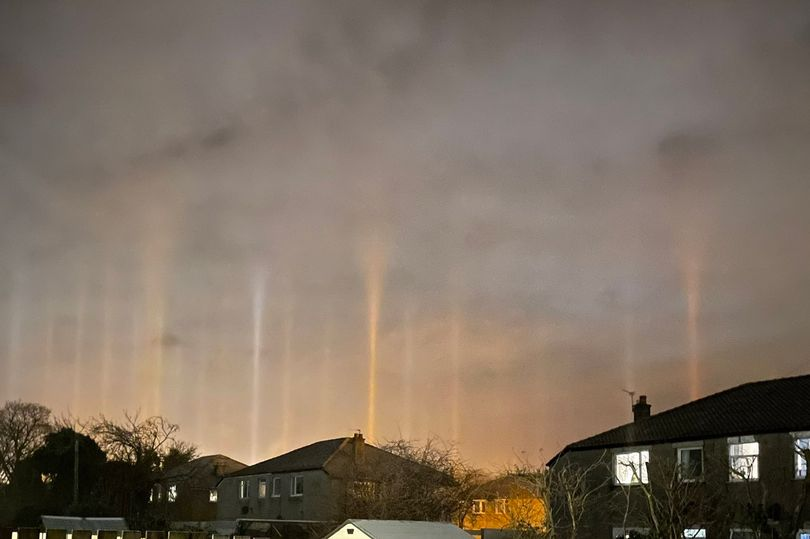
The first time I saw the Northern Lights in real-time, like many folk, I was shocked. "But - I thought they moved slowly, like clouds?"
As you can see: not so much:
So I got curious. What else don't I know about these amazing things?
1/
As you can see: not so much:
https://twitter.com/RomppainenJari/status/1483076545950408710
So I got curious. What else don't I know about these amazing things?
1/
Firstly: they're not just green.
Different heights of our atmosphere = different gases, & when charged particles from the sun excite gases at different altitudes, you get different colours.
*Wildly* different. Blue, pink, purple, yellow and (rarely) red.
I had no idea.
2/
Different heights of our atmosphere = different gases, & when charged particles from the sun excite gases at different altitudes, you get different colours.
*Wildly* different. Blue, pink, purple, yellow and (rarely) red.
I had no idea.
2/

Secondly: here's a weird thing discovered during an aurora above British Columbia:
"The temperature 300km above Earth’s surface jumped by 3000°C and the data revealed a 25 km-wide ribbon of gas flowing westwards..."
3/
"The temperature 300km above Earth’s surface jumped by 3000°C and the data revealed a 25 km-wide ribbon of gas flowing westwards..."
3/

The amateur astronomers who saw this didn't know what they were looking at - so they called it Steve.
I'm not making this up:
wired.co.uk/article/steve-…
4/
I'm not making this up:
wired.co.uk/article/steve-…
4/
Thirdly, it was only *last year* (2021) that scientists first came up with an explanation of how solar particles causing aurora get up to the insane speeds at which they hit our planet (45 million miles per hr).
The apparent answer? They go surfing:
livescience.com/aurora-boreali…
5/
The apparent answer? They go surfing:
livescience.com/aurora-boreali…
5/
So - yeah. Always something new to learn!
Here are some more pictures of Steve, courtesy of @guardian (I can't keep a straight face here)...
theguardian.com/science/shortc…
6/
Here are some more pictures of Steve, courtesy of @guardian (I can't keep a straight face here)...
theguardian.com/science/shortc…
6/
...and if you like this stuff - you know about light pillars, right?
Because you REALLY should know about light pillars:
Ta.
Because you REALLY should know about light pillars:
https://twitter.com/Mikeachim/status/1466763517487370246
Ta.
• • •
Missing some Tweet in this thread? You can try to
force a refresh




















